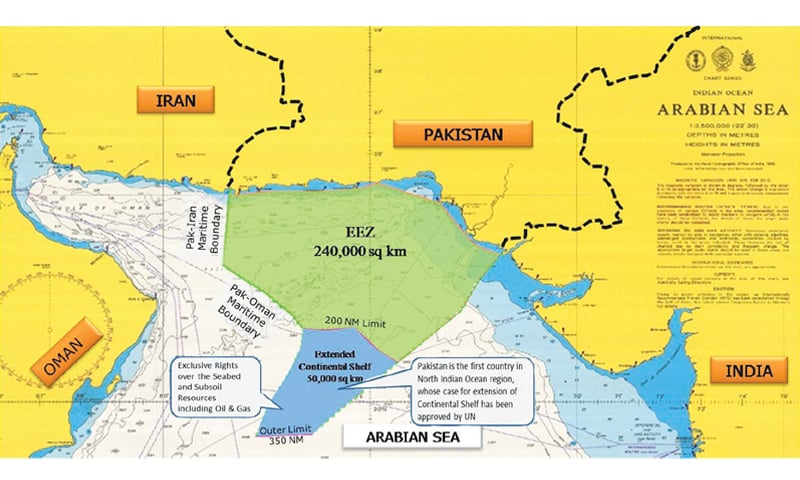Not really that impossible I believe.
Some facts.
A bit of critical facts on the pipelines, both onshore and offshore. It’s 40 times safer than rail tanks and 100 times safer than road tanks. The spillage ratio is also fairly less—it is less than one teaspoon of oil spilled per thousand barrel-miles. Its usage will only grow bigger. The global oil demand, from 75 millions of barrels of oil per day (mb/d) in 2000 is likely to be 120 mb/d in 2030. Fossil fuels will remain the primary source of energy, meeting more than 90 per cent of the increase in future demands. Gas consumption in particular is likely to double by 2030.
Internationally,
32,000km of new pipelines are constructed each year. Around
8,000km of offshore pipelines are being built per year, with 60 percent in NorthWest Europe, Asia Pacific and the Gulf of Mexico.
This is despite the problems of laying offshore pipelines. Route-selection is critical given the geohazards, offshore ecology and physical factors—sea-depths can run many a kilometres deep under. Pipelines need to be laid on the seabed or below it inside a trench. Construction and maintenance is a major challenge due to wave and current dynamics.
One must not also forget that pipeline industry is “risk averse.” It will not take high risks for low rewards as the costs of mistakes—safety, environmental and fiscal—are immense. So the future of basic engineering is likely to be predictable and conservative.
Still, 6,000 kilometres of pipeline were laid at the bottom of the North Sea some 40 years ago!
India set to sign agreement with Iran for undersea gas pipeline
 Three-pronged push towards Central Asia
Three-pronged push towards Central Asia
- New Delhi has approved a three-pronged push towards Iran and Central Asia
- It will fund a rail link between Iranian port city of Chabahar and city of Zahedan, located on the tri-junction of Iran-Afghanistan-Pakistan
- The rail link, when concluded, will join Chabahar port with INSTC orridor to provide direct access to Central Asia
Ajay Banerjee
Tribune News Service
New Delhi, March 14
In a decision of far-reaching strategic implications, India is all set to ink a deal to have a direct undersea gas pipeline from Iran, by circumventing Pakistan. Not only this, New Delhi has approved a three-pronged push towards Iran and Central Asia. It will fund a rail link between the Iranian port city of Chabahar and city of Zahedan, located on the tri-junction of Iran-Afghanistan-Pakistan. The rail link, when concluded, will join Chabahar port with International North-South Transport Corridor (INSTC) to provide direct access to Central Asia. It will also be used to establish greater links with Afghanistan as the India-built Zaranj-Delaram road in that country is close to Zahedan. In future, the undersea gas pipeline will bring gas from gas-rich Turkmenistan, a long-standing friend of India and a former state in the Soviet Union. A top official of the Narendra Modi-led government at the Centre told The Tribune: “Yes, the deal for the Iran-India undersea gas pipeline will be done. Matters have become easier as the US-imposed economic sanctions on Iran have been lifted (on January 16)”. Rather India-Iran have held talks on key issues since the lifting of sanctions. Even during the sanctions, India was among the few countries allowed to buy crude oil from Iran. The $4.5 billion gas pipeline project will bring 31.5 million standard cubic metres gas per day to India’s west coast. The 1,400-km pipeline will bypass the exclusive economic zone of Pakistan — the EEZ extends to 200 nautical miles from the coast. Laying such a pipeline would need technical expertise for which a global consortium will lead the way.
http://www.tribuneindia.com/news/na...th-iran-for-undersea-gas-pipeline/209087.html













